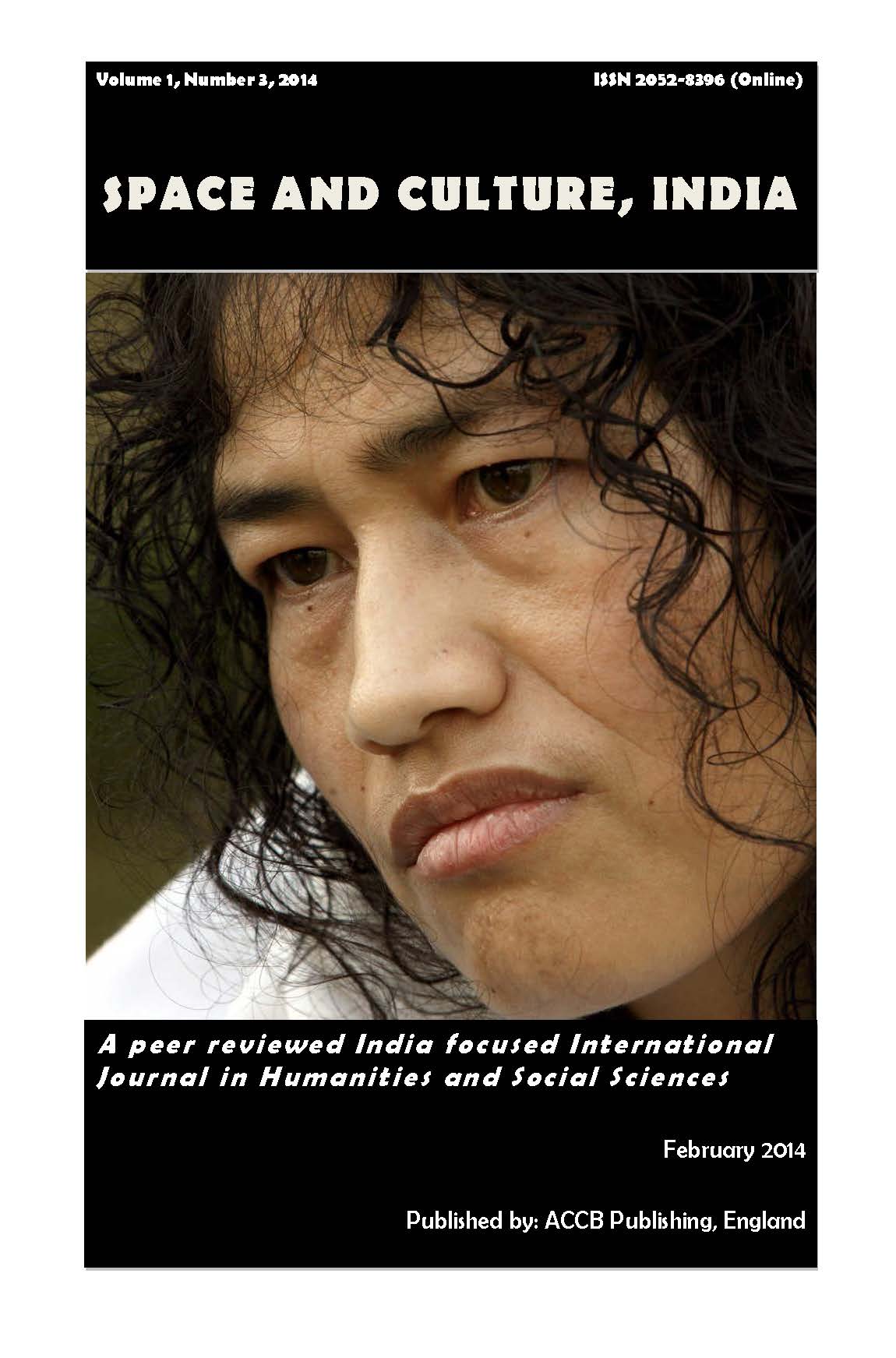Revisiting the Marginal Locations of Muslim Women on Various Sites in India

Abstract
Dominant discourses on Muslim women have revolved around their marginal locations in commu-nity as well as in society. It has mainly been subjected to socio-economic and political structures and conditions as well. However, it is worth mentioning that marginality is not only a lived experi-ence but it also has metaphoric dimensions. The state of marginality relates not only to the poor socio-economic status of Muslim women but the politics of representation of their identities like veiled, passive as well as meek victims in various discourses also constructs the core of their mar-ginal location in the larger society. Therefore, the marginalisation of Muslim women seems to be visible in various discourses in India. Briefly, the paper will attempt to comprehend the undercur-rents functioning behind the construction of the very concept of marginality and locate Muslim women in popular and academic discourses on marginality.Keywords
Metaphors, Representation, Discourse, Marginality, Muslim Women, India
References
Ahmed, L. (2011). Women in Islam. New Delhi: A.P.H Publising House
Baxamusa, R. (1994). Need for change in the Muslim Personal Law: Relating to divorce in India. In A. A. Engineer (ed.), Problems of Muslim Women in India, Hyderabad: Orient Longman, 19-25
Banerjee, N, Sen, Samita and Dhawan (2011). Mapping the Field: Gender Relation in Contemporary India. Kolkata: Stree Publications
E.McNabb, D. (2004). Research Methods for Political Science Quantitative and Qualitative Methods. New Delhi: PHI Learning Private Limited
Engineer, A. A. (1994). Problems of Muslim women in India-Introduction. In A. A. Engineer (ed.), Problems of Muslim Women in India.Hyderabad: Orient Longman, xii-xiii
Engineer, A. A. (1995). The Quran, Women and the Modern Society. New Delhi: Sterling Publishing
Hasan, Z. (2000). Politics and the State in India. New Delhi: Oxford University Press
Howarth, D. (2002). Discourse. New Delhi: Viva Books Private Limited
Jayal, N. G. (2002). Democracy and the State. New Delhi: Oxford University Press
M.Lovell, A. (2004). Marginality. In D. Levinson (ed.), Encyclopedia of Homelessness. United Kingdom: Birkshire Publishing Group
Menon, H. Z. (2004). Unequal Citizens: A Study of Muslim Women in India. New Delhi: Oxford University Press
Sachar, R. K. (2006). Social, Economic and Educational Status of Muslim Community in India. New Delhi: Akalank Publications
Sarkar, M. (2008). Visible Histories, Disappearing Women: Producing Muslim Womanhood in Late Colonial Bengal. New Delhi: Kali for Women
Shaban, A. (2012). Introduction. In A. Shaban (ed.), Lives of Muslims in India. NewDelhi: Routledge, 17-20
Sur, E. (2013). Politics of inclusion and exclusion of Muslim women in India. Women's Link, 31-36
Williams, R. V. (2012). Making minority identities: Gender, state, and Muslim personal law. In R. Robinson (ed.), Minority Studies. New Delhi: Oxford University Press, 73-77